Best Space Photos of the Week - Jan. 14, 2012
Tiny Alien Planets, Monster Galaxies And Twin Suns
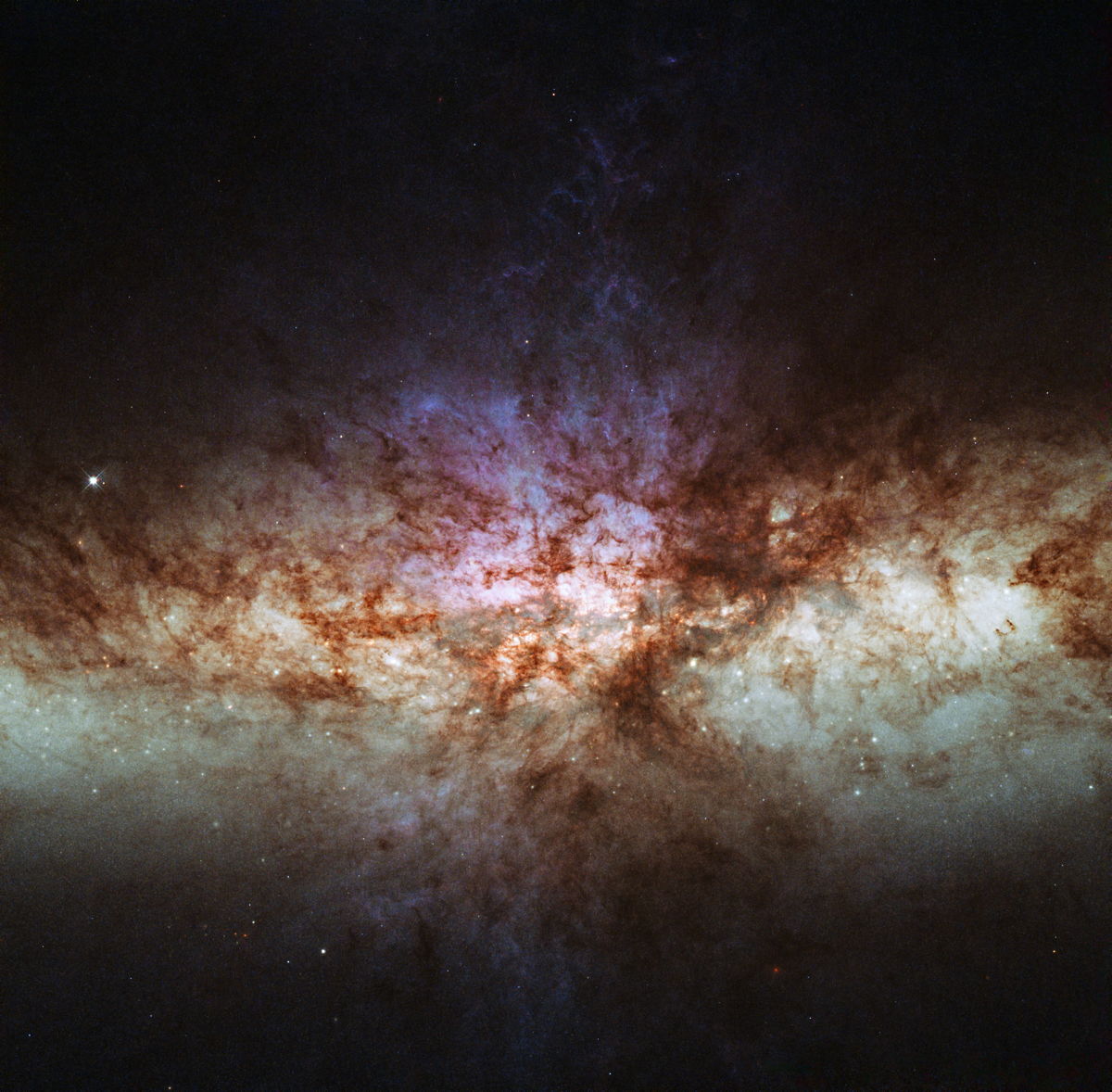
From billions of alien planets dotting our universe to a black hole that fires into space, it's been a remarkable week for space photography.
Take a look at the most stunning space photos of the week here.
Monster Galaxy Cluster 'El Gordo' Packs Mass of 2 Quadrillion Suns
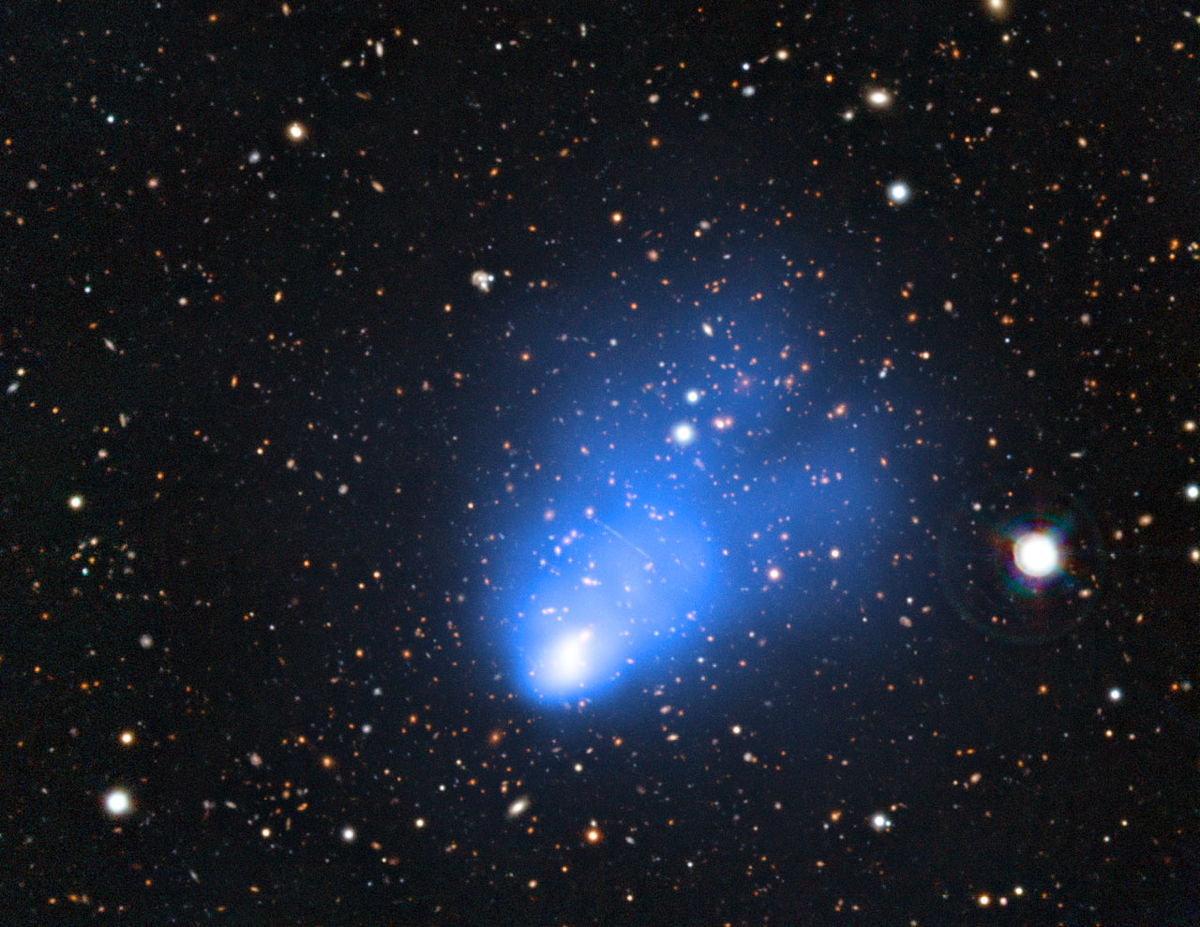
Astronomers have discovered what appears to be the largest cluster of galaxies ever seen, a massive galactic conglomeration called "El Gordo" located about 7 billion light-years from Earth. [Full Story]
NEXT: NASA Airborne Radar 'Sees' Inside Hawaii Volcano
NASA Airborne Radar 'Sees' Inside Hawaii Volcano

From 41,000 feet (12,500 meters) above Kilauea's smoldering craters, an airborne radar developed by NASA's Jet Propulsion Laboratory will help measure the magma inside of the volcano, which just began its 30th year of continuous eruption from one of its vents. [Full Story]
NEXT: Black Hole Fires Gas 'Bullets' Into Space
Black Hole Fires Gas 'Bullets' Into Space
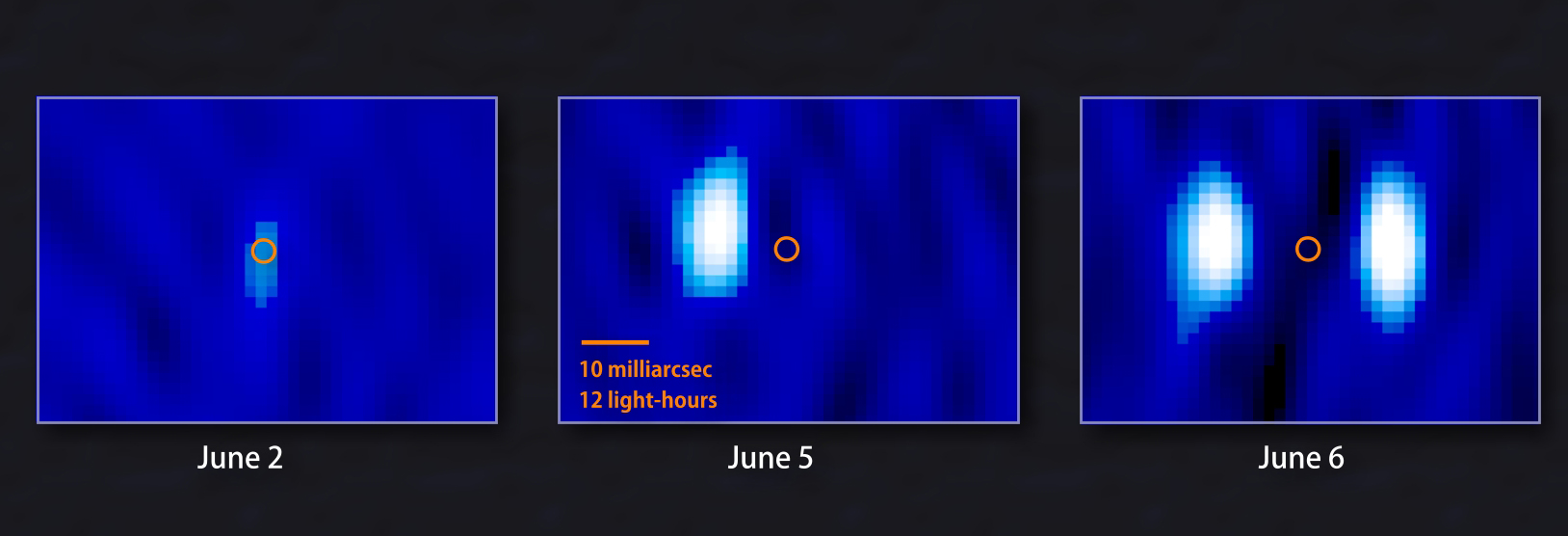
Astronomers have observed a black hole firing off "bullets" at one-quarter the speed of light. [Full Story]
NEXT: 3 Alien Planets Smaller Than Earth Found
3 Alien Planets Smaller Than Earth Found
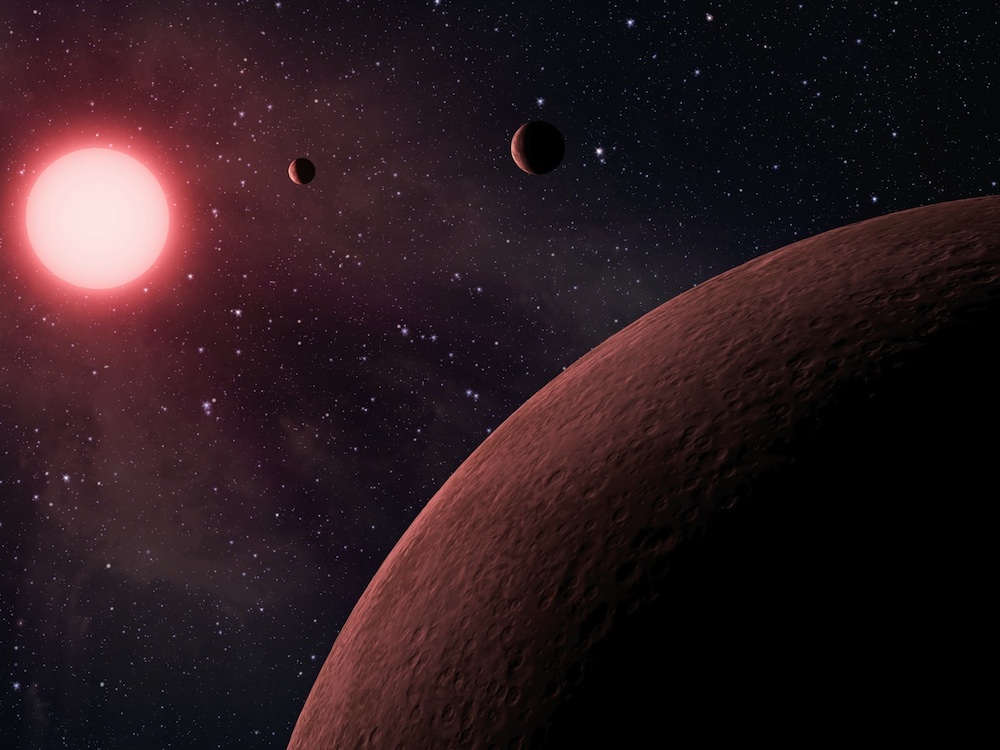
Astronomers have discovered the three smallest alien planets yet, including one that's smaller than Earth, making it just about the size of Mars. [Full Story]
NEXT: Ancient Star Explosion is Most Distant of Its Kind
Ancient Star Explosion is Most Distant of Its Kind
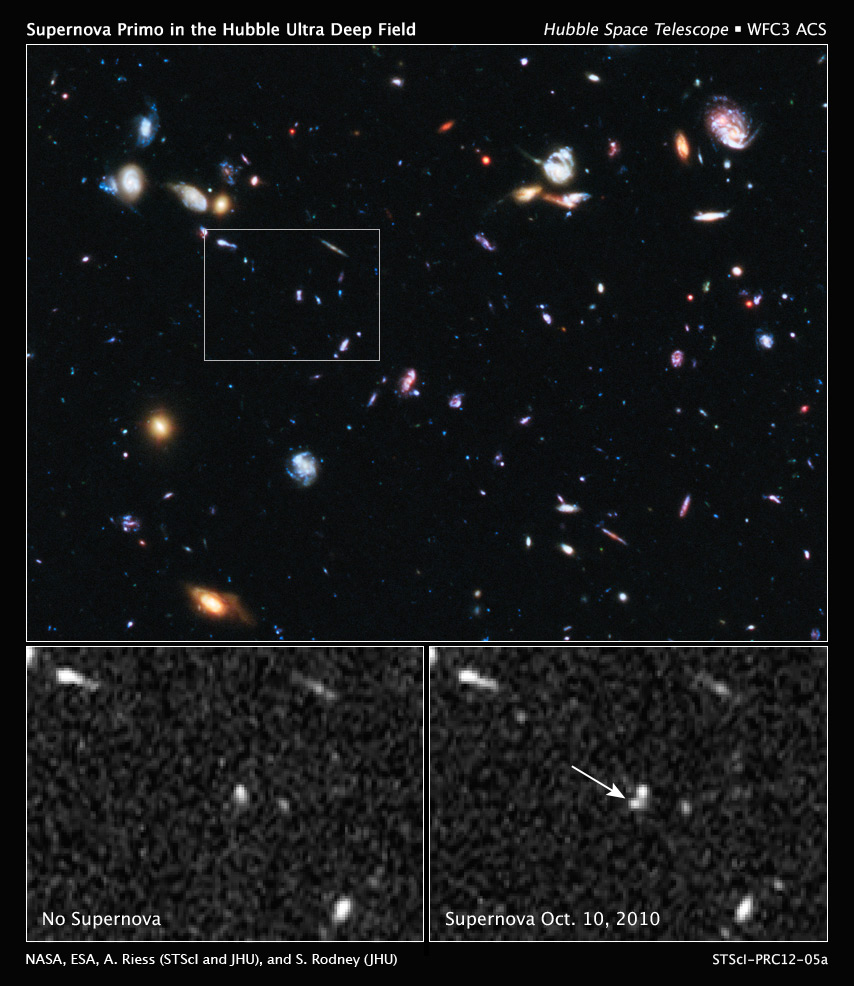
Researchers using the Hubble telescope have detected a type 1a supernova called SN Primo, the most distant of its kind ever found. [Full Story]
NEXT: Real-Life 'Tatooine': New 'Star Wars'-Like Planets with 2 Suns Found
Real-Life 'Tatooine': New 'Star Wars'-Like Planets with 2 Suns Found
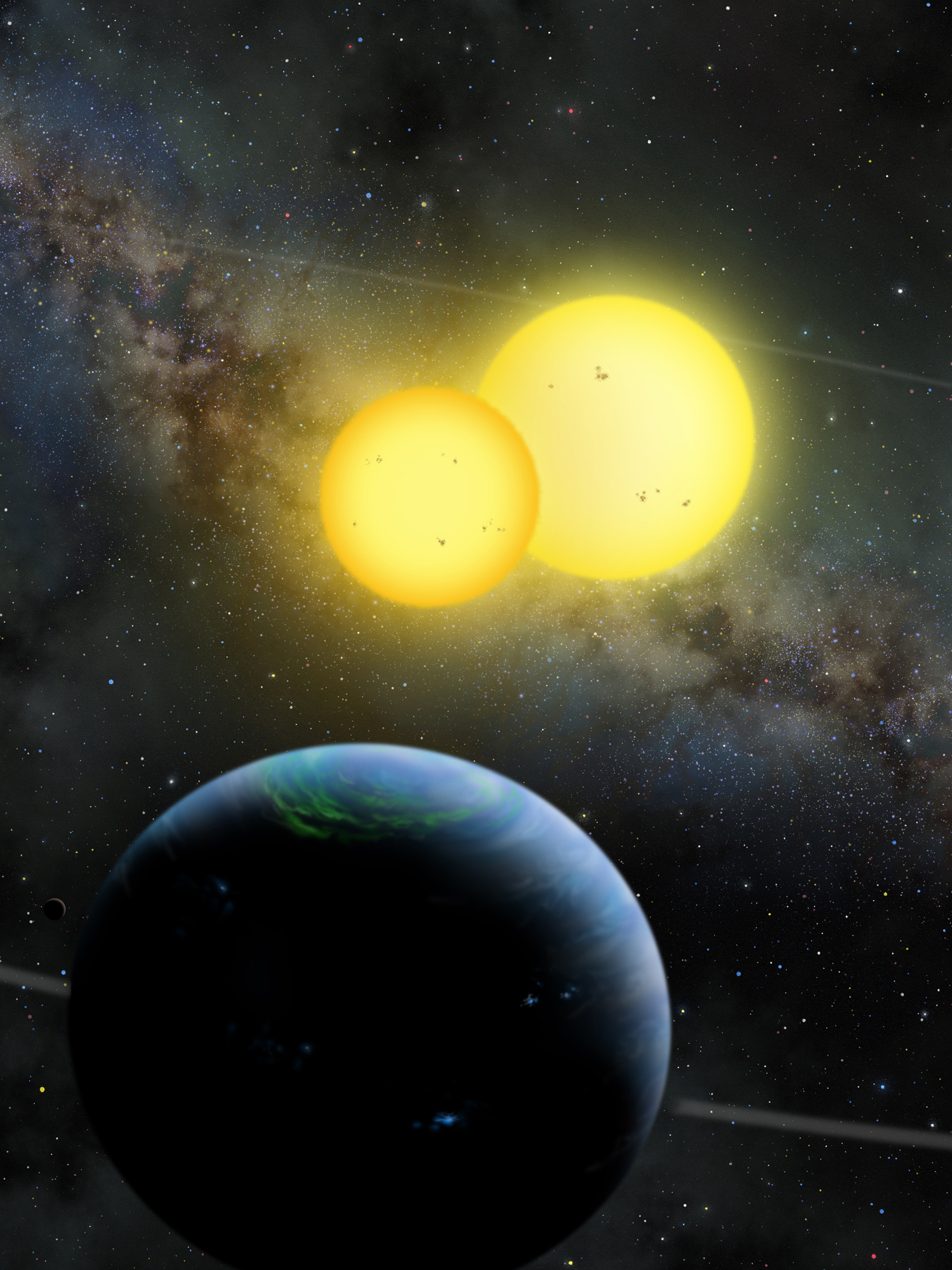
More real-life worlds like Star Wars' Tatooine have been discovered, ones that see pairs of sun-like stars rise every morning. [Full Story]
NEXT: 160 Billion Alien Planets May Exist in Our Milky Way Galaxy
160 Billion Alien Planets May Exist in Our Milky Way Galaxy
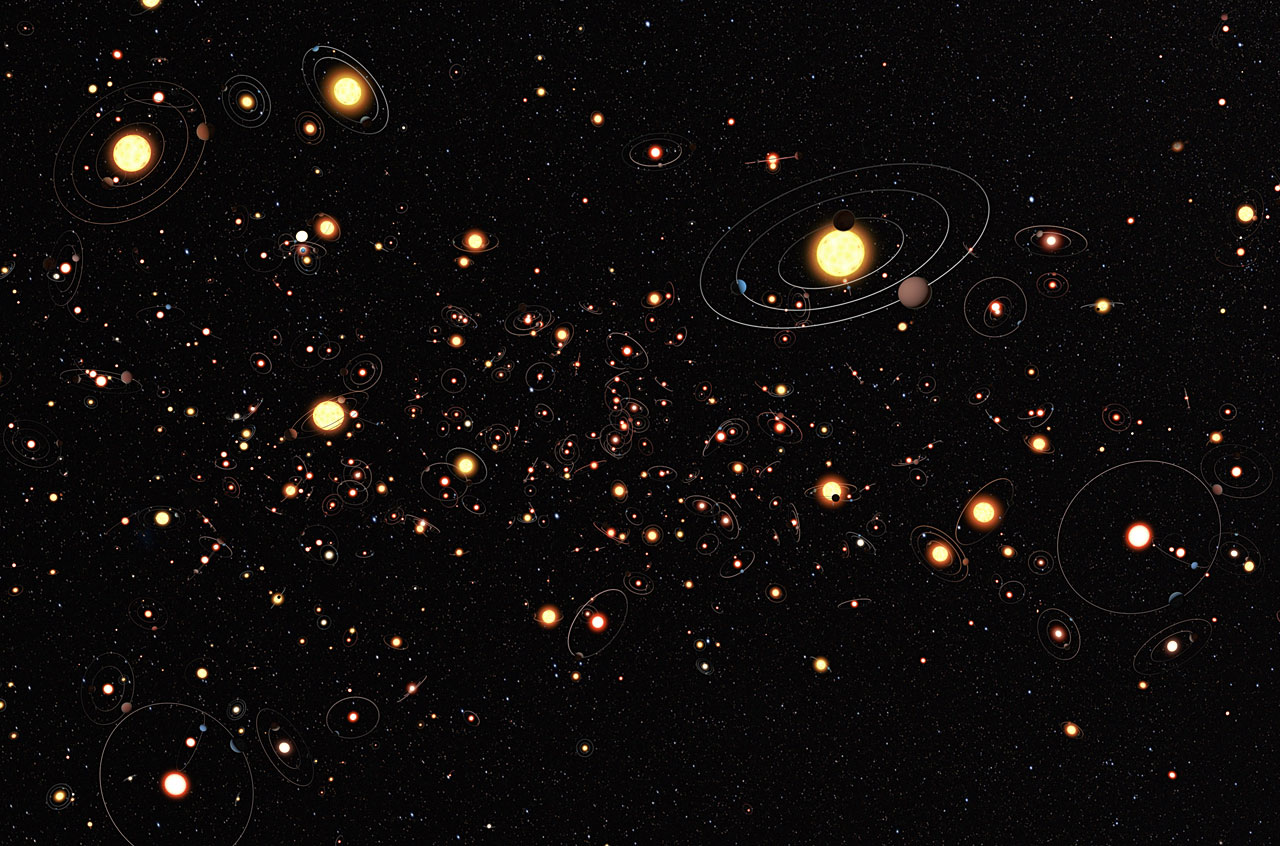
On average, every star in the Milky Way hosts at least one alien planet, according to a new study. [Full Story]
NEXT: Spokes for the Wheel
Spokes for the Wheel
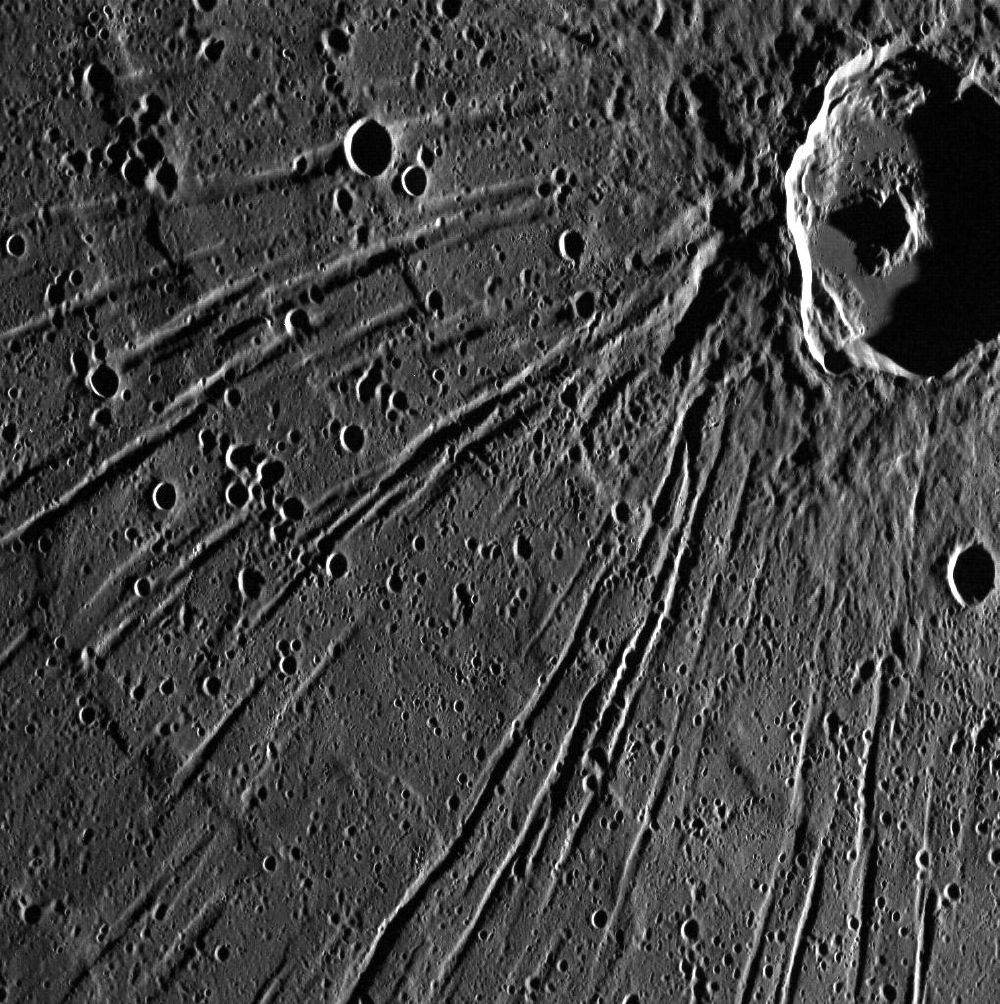
Crater Apollodorus on Mercury lies at the upper right of this image obtained by the MESSENGER spacecraft. The Pantheon Fossae structure, a complex system of extensional troughs located near the center of the Caloris basin, appears to radiate from the crater. However, scientists do not believe the crater and trough system are related. North is located at the bottom of this image. [See all daily space photos]
NEXT: Have a Cigar
Have a Cigar

Messier 82 (M 82), also known as the Cigar Galaxy, looks very different in this new Hubble image, the most detailed view ever of the core of this galaxy. Previous images show a galaxy ablaze with stars. This image looks quite unlike them, dominated instead by glowing gas and dust. Filters transparent only to the wavelengths emitted by specific chemical elements isolated the light from glowing gas clouds, while blocking out much of the starlight. Thus the stars appear faint in this image, and the dust lanes are sharply silhouetted against the brightly glowing gas clouds. The starburst galaxy lies about 12 million light-years away in the constellation of Ursa Major (The Great Bear). [See all daily space photos]
NEXT: Windows 7
Windows 7
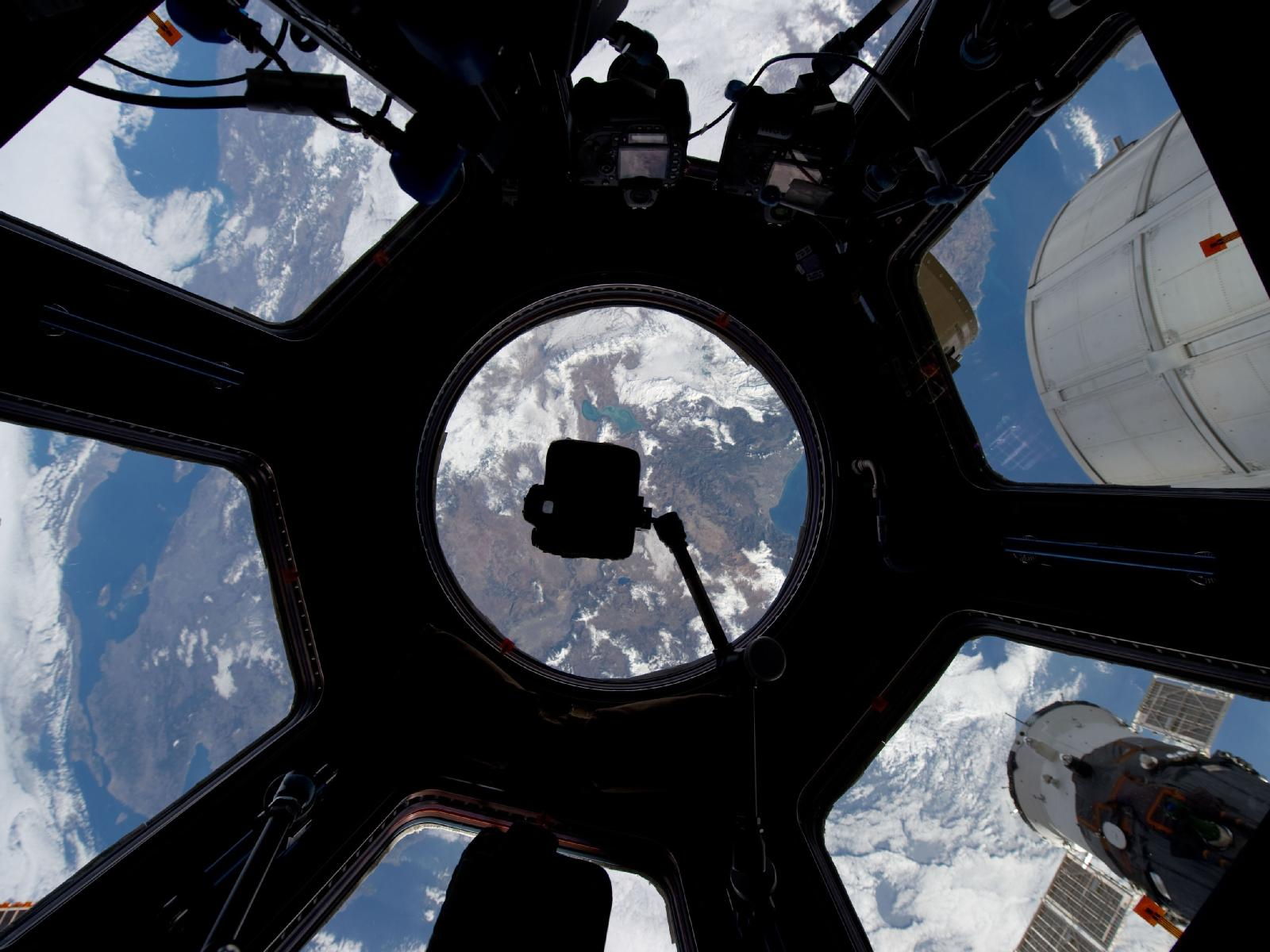
Earth gleams through the seven windows of the Cupola in the International Space Station. A lake, Egirdir Golu in Turkey, seems to float just above the camera (on bracket) at center. Also, a Russian Soyuz spacecraft docks to the station at lower right, and part of the Permanent Multipurpose Module (PMM) appears just above it. An Expedition 30 crew member took the picture on Dec. 29, 2011. [See all daily space photos]
Join our Space Forums to keep talking space on the latest missions, night sky and more! And if you have a news tip, correction or comment, let us know at: community@space.com.
Get the Space.com Newsletter
Breaking space news, the latest updates on rocket launches, skywatching events and more!

Space.com is the premier source of space exploration, innovation and astronomy news, chronicling (and celebrating) humanity's ongoing expansion across the final frontier. Originally founded in 1999, Space.com is, and always has been, the passion of writers and editors who are space fans and also trained journalists. Our current news team consists of Editor-in-Chief Tariq Malik; Editor Hanneke Weitering, Senior Space Writer Mike Wall; Senior Writer Meghan Bartels; Senior Writer Chelsea Gohd, Senior Writer Tereza Pultarova and Staff Writer Alexander Cox, focusing on e-commerce. Senior Producer Steve Spaleta oversees our space videos, with Diana Whitcroft as our Social Media Editor.
